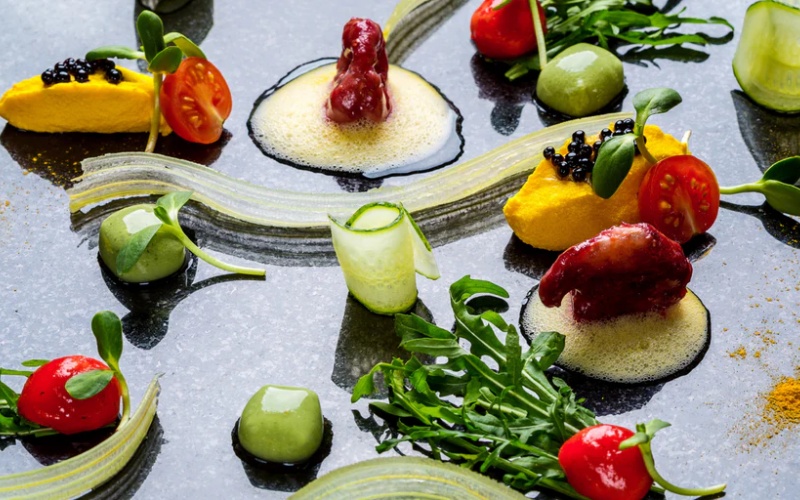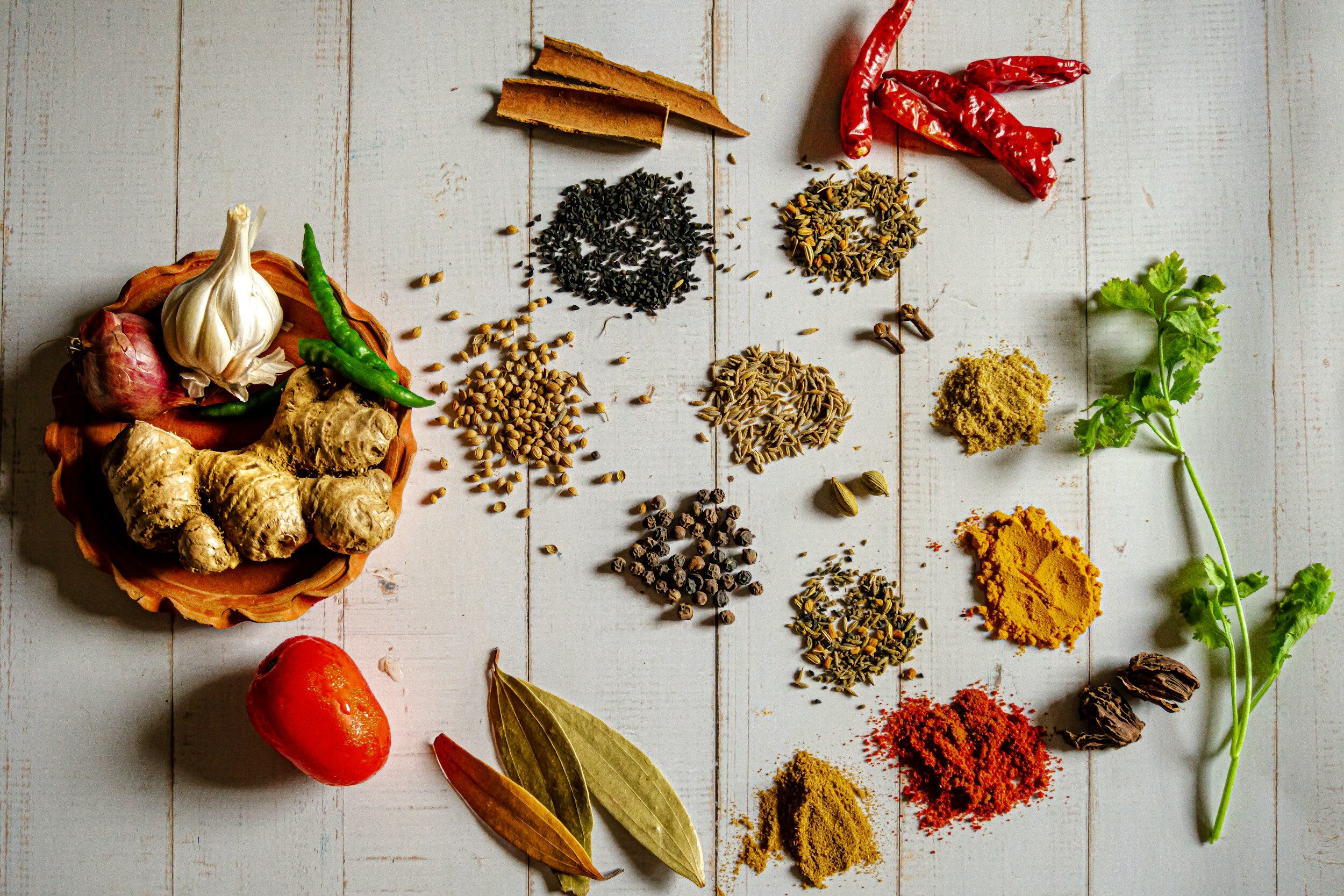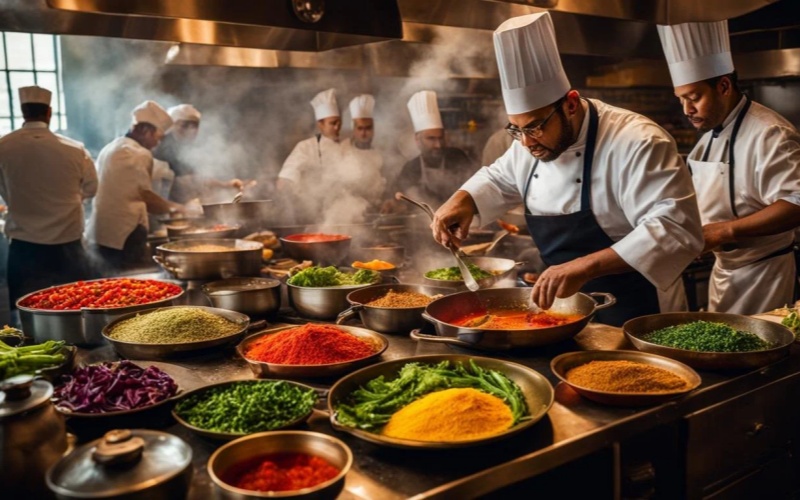1. The Five Basic Tastes: Our taste buds can detect five primary tastes: sweet, sour, salty, bitter, and umami. Each taste contributes to the overall flavor of a dish. Sweetness often comes from sugars, while sourness is associated with acidity, such as lemon juice. Salt enhances flavor, bitterness can add depth, and umami provides a savory richness found in foods like mushrooms and soy sauce.
2. Aroma and Flavor: Flavor is a combination of taste and aroma. The sense of smell significantly influences how we perceive flavor. When we eat, volatile compounds from food release into the air, traveling to our olfactory receptors. This interaction creates a complex flavor experience, which is why food can taste bland when we have a cold.

3. Texture and Temperature: The texture of food also impacts our perception of flavor. Creamy, crunchy, and chewy textures can enhance or detract from the overall experience. Additionally, temperature plays a role; warm foods often have more pronounced flavors than cold ones.
4. Cultural Influences: Cultural background shapes our taste preferences. Exposure to different flavors from a young age can influence what we enjoy as adults. For example, people from cultures that use spices frequently may have a higher tolerance for heat and bold flavors.

5. Experimenting with Flavor: Understanding flavor profiles can inspire creativity in the kitchen. Combining contrasting tastes, such as sweet and salty or spicy and sour, can create exciting dishes. Don’t be afraid to experiment with herbs, spices, and ingredients to discover new flavor combinations.
In conclusion, the science of taste is a fascinating exploration of how we experience food. By understanding the components of flavor and how they interact, you can enhance your culinary skills and create memorable dining experiences.




